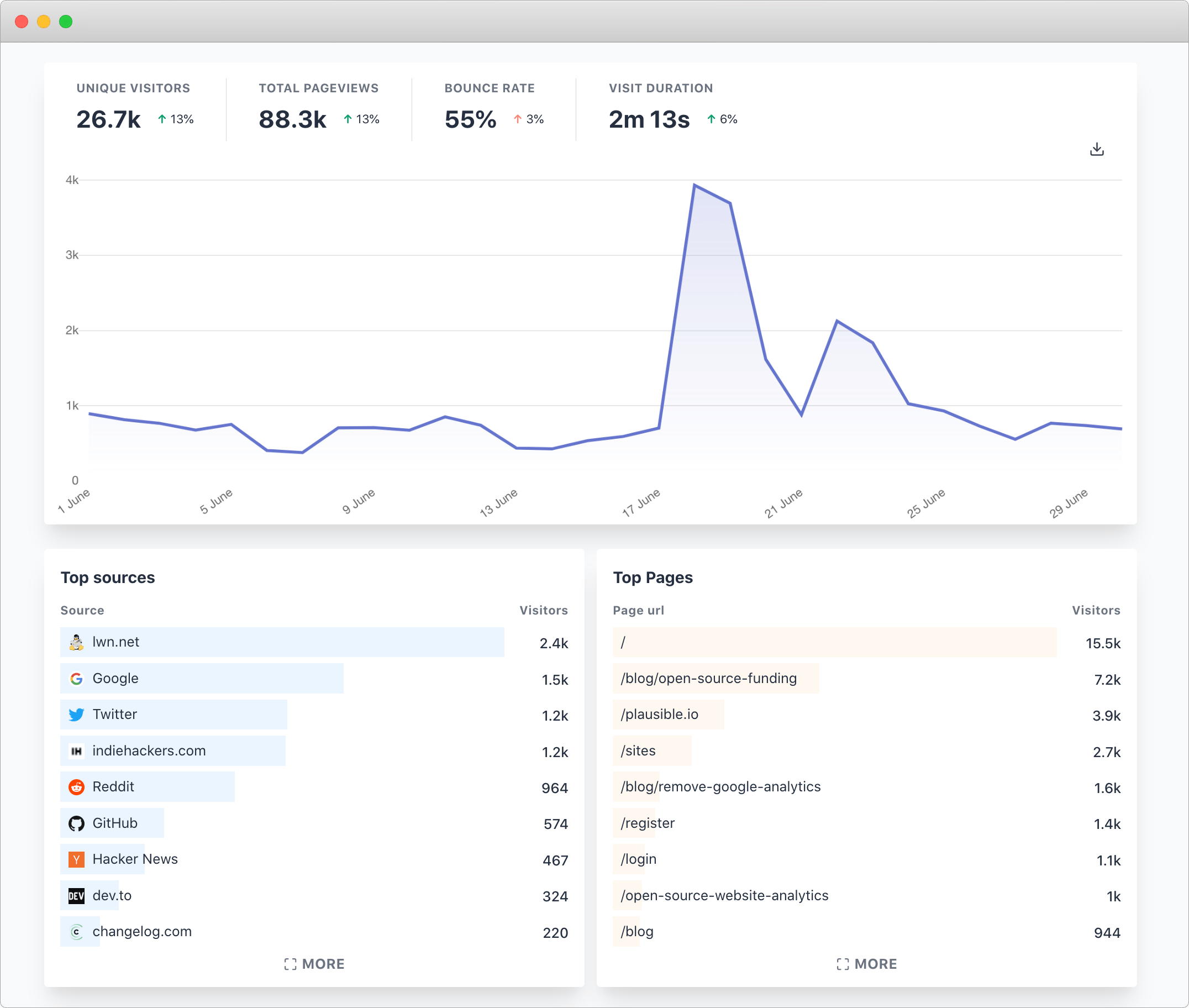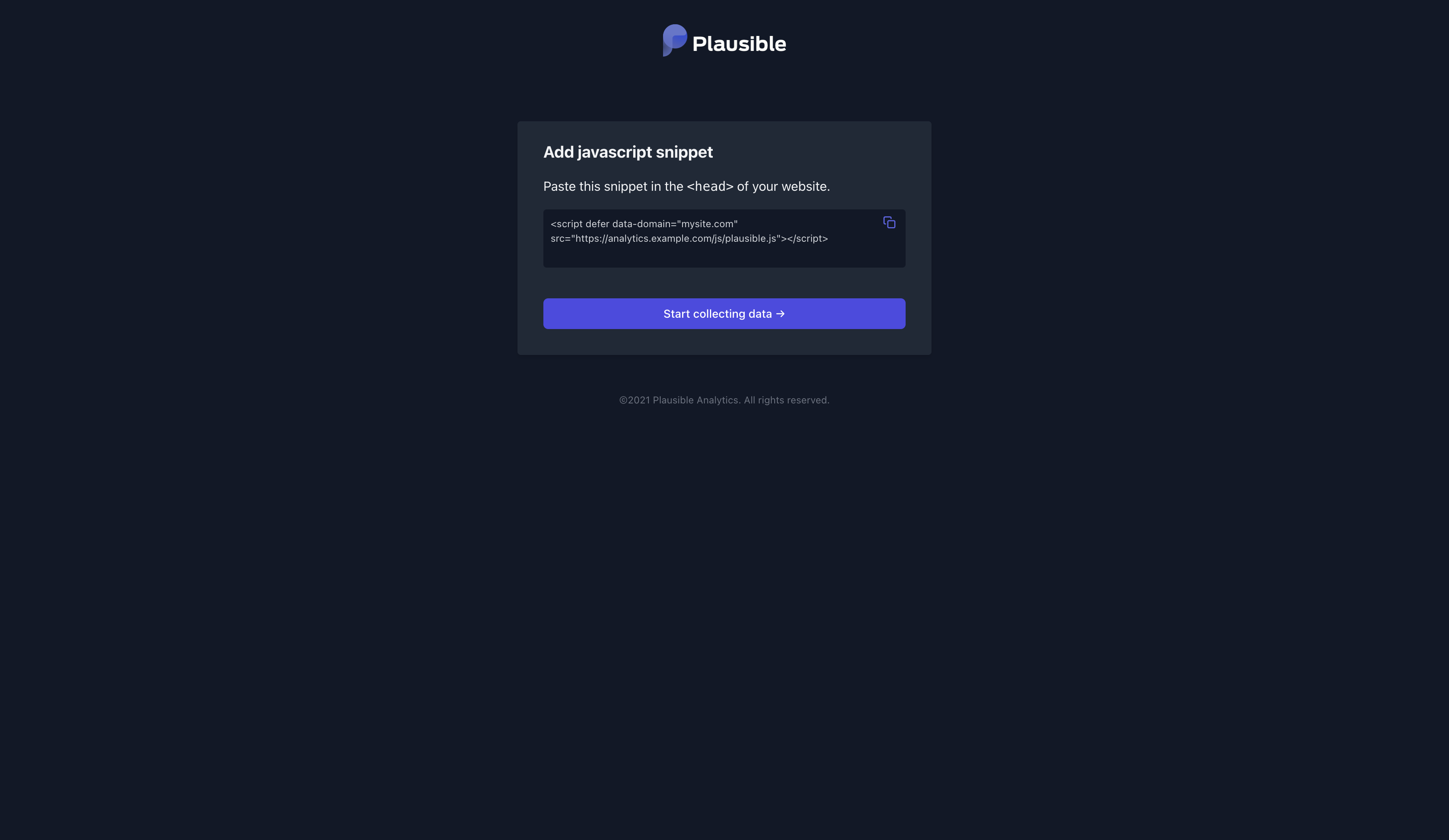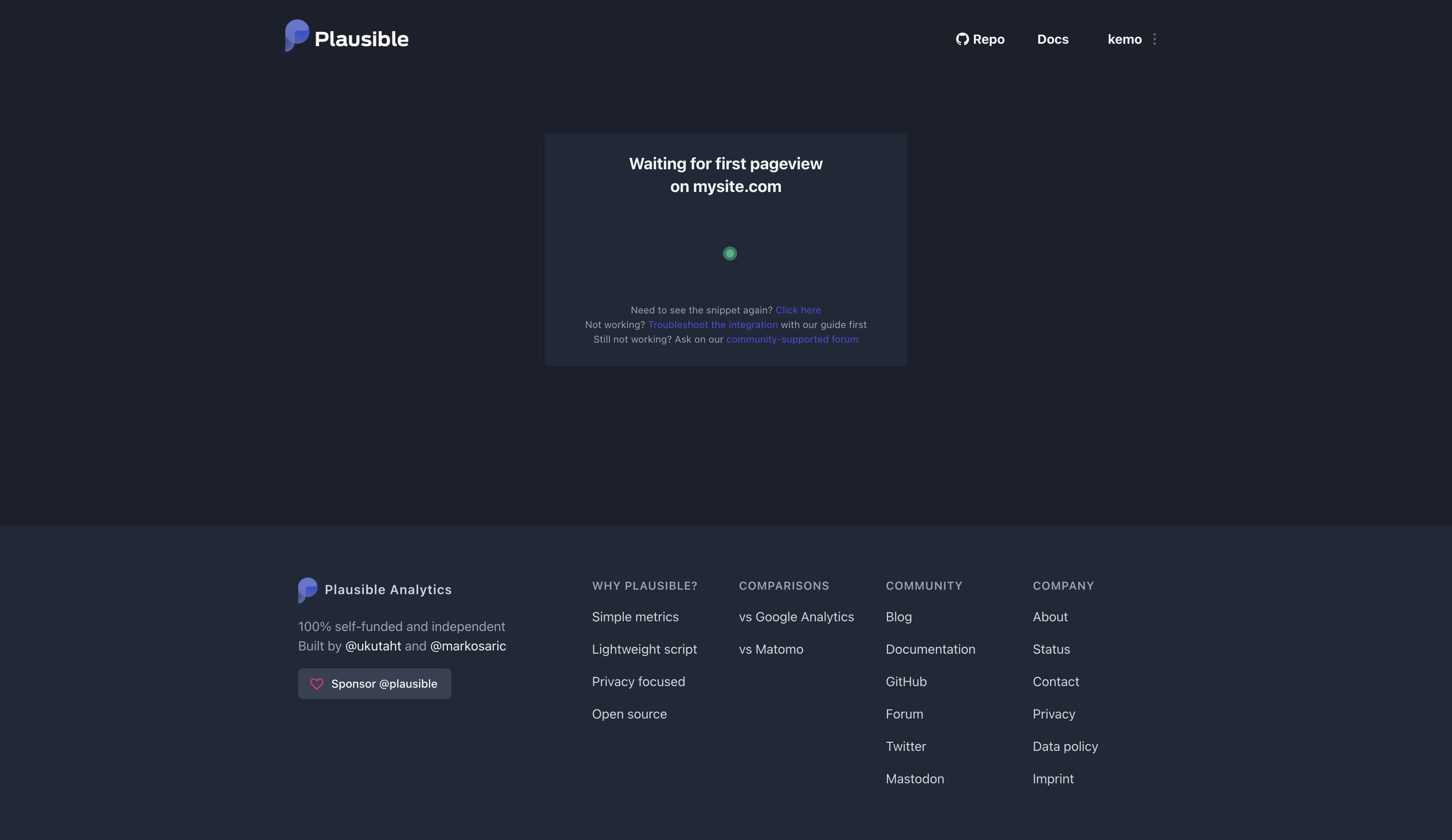Google knows more about you than you know about yourself
So, let me start by saying I’m not anti-Google - I just happen to run a Pi-Hole which blocks Google Analytics throughout my network. This means that when I navigate the Internet, I’m a ghost as far as Apple, Facebook, and Google’s advertisment and analytics networks are concerned.
This all works brilliantly except for a few, minor points:
- If you have a site, like this one, Google Analytics is useful for finding out what content is driving your traffic and from where, what sources, etc - because of Pi-Hole I’m a ghost even on my own site with Google Analytics, not showing up in any way.
- There are a bunch of other nerds out there who also run Pi-Hole or other forms of DNS deny-lists - since I write mostly for said nerds, it’s likely I’m losing visibility into a large segment of my visitors.
- You still get tracked with cookies more than likely anyway
- Google Analytics collects a lot of data and it’s a lot of extra Javascript - you can read more about that here: https://plausible.io/privacy-focused-web-analytics
We can solve for all these pain points by self-hosting our own analytics and there are plenty of options to choose from - the one I found to be easy to deploy, feature complete, privacy-focused, and with a nice user interface was Plausible Analytics.
Plausible Analytics
Plausible Analytics is an analytics platform that is open-source, privacy-focused, and lightweight that can be self-hosted or consumed via their managed cloud service offering.
Since we can self-host it, it’s going to load on most systems, even those with DNS deny-lists such as Pi-hole - analytics.carls-car-shop.com is not likely to be in any of those lists.
The privacy offered by it is top notch - it uses no cookies and is fully compliant with GDPR, CCPA and PECR regulations right out of the box. This basically means it collects very very little user data and leaves no trace on their systems to track them around.
I also do enjoy that it’s open-source - anywho, let’s get to deploying things.
Plausible Deployability
Since it’s able to run as a self-hosted service we can drop it into some containers and go. Thankfully they provide the containers already built so it’s mostly just configuration and doing things in the right order.
To deploy Plausible Analytics we need to run a few things:
- A ClickHouse OLAP database
- A PostgreSQL database
- Use of some SMTP service
- The Plausible service
For this instance we’ll be deploying it onto a Kubernetes cluster with nginx-ingress and cert-manager already set up. The Ingress objects below will use a cert-manager ClusterIssuer that uses Let’s Encrypt’s ACME DNS01 solver via DigitalOcean’s DNS service.
As far as SMTP goes, we’ll be using SendGrid since it’s free/extremely cheap, easy to use, with the capability to verify a whole domain for sending messages. Getting Started with SendGrid SMTP is outside the scope of this article, but it’s not difficult as long as you can set some DNS records.
Configuring Plausible Analytics
Plausible uses a random 64-character secret key which will be used to secure the app. The snippet below uses an inline openssl command to generate this secret.
In order to have Plausible work with everything there needs to be a bit of configuration set - you can read about all the configuration options available here: https://plausible.io/docs/self-hosting-configuration
The ones that are important are the following:
## Create an environment configuration file
cat <<EOF > plausible-config.env
ADMIN_USER_EMAIL="you@example.com"
ADMIN_USER_NAME="somelUser"
ADMIN_USER_PWD="reallyRandomAndSecurePassword"
BASE_URL="https://analytics.example.com"
SECRET_KEY_BASE="$(openssl rand -base64 64 | tr -d '\n')"
MAILER_EMAIL="noreply@example.com"
SMTP_HOST_ADDR="smtp.sendgrid.net"
SMTP_HOST_PORT="465"
SMTP_HOST_SSL_ENABLED="true"
SMTP_USER_NAME="apikey"
SMTP_USER_PWD="yourSendGridOrWhateverSMTPPassword"
EOFThat environment variable file will be used via a Kubernetes Secret.
Kubernetes Kick Off
Assuming you’re authenticated to a Kubernetes cluster, start by creating a new Namespace, a Secret, and the rest of the services - you won’t need a separate Plausible deployment for every website since it is multi-tenant.
## Create namespace
kubectl create namespace plausible-analytics
## Create Secret from environment variable configuration file
kubectl create secret generic plausible-config --from-env-file=plausible-config.env --dry-run=client -o yaml > plausible-config-secret.yaml
## Apply configuration Secret
kubectl apply -f plausible-config-secret.yaml -n plausible-analytics
## Deploy the ClickHouse DB
kubectl apply -f https://raw.githubusercontent.com/kenmoini/kenmoini.com/main/deploy/supporting/plausible-analytics/02-clickhouse.yaml -n plausible-analytics
## Deploy the PostgreSQL DB - note: default credentials are used
kubectl apply -f https://raw.githubusercontent.com/kenmoini/kenmoini.com/main/deploy/supporting/plausible-analytics/02-db.yaml -n plausible-analytics
## Deploy the Plausible Analytics Service
kubectl apply -f https://raw.githubusercontent.com/kenmoini/kenmoini.com/main/deploy/supporting/plausible-analytics/03-plausible.yaml -n plausible-analyticsWith that you should now have the Plausible Analytics service running on the cluster and all that’s needed is to expose it to the Internet via an Ingress of some sort.
When exposing the Plausible Analytics service, make sure to set the reverse proxy configuration. My Kubernetes ingress-nginx looks something like this:
kind: Ingress
apiVersion: networking.k8s.io/v1
metadata:
name: plausible-analytics
labels:
app: plausible-analytics
app.kubernetes.io/name: plausible-analytics
app.kubernetes.io/part-of: plausible-analytics
annotations:
kubernetes.io/ingress.class: "nginx"
cert-manager.io/cluster-issuer: "letsencrypt-dns-prod"
nginx.ingress.kubernetes.io/ssl-redirect: "false"
nginx.ingress.kubernetes.io/configuration-snippet: |
more_set_headers "X-Forwarded-For: $proxy_add_x_forwarded_for";
spec:
tls:
- hosts:
- analytics.example.com
secretName: analytics-example-com-tls
rules:
- host: analytics.example.com
http:
paths:
- path: /
pathType: Prefix
backend:
service:
name: plausible
port:
number: 8000That New Dashboard Smell
The next part is extremely simple - access whatever route you set for your Ingress, such as https://analytics.example.com, log in, and add a site.
With a site added, maybe one called mysite.com, you’ll be given a bit of JavaScript to add to your site that looks like this:
<script defer data-domain="mysite.com" src="https://analytics.example.com/js/plausible.js"></script>After a while you should start to see some analytics and statistics rolling in!







